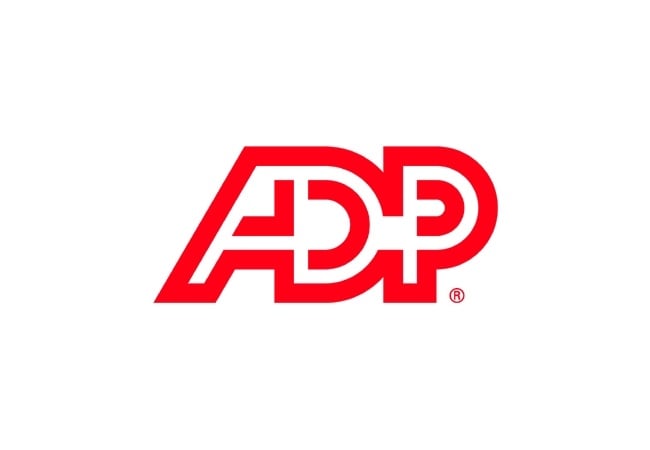
Jennifer Cambern—guest blogger
May 16, 2017
Pay Equity—Do You Know Your Pay Data (and What to Do With It)?

 Companies have both a desire and a need to dig deeper into understanding their pay practices. With new U.S. government EEO-1 reporting requirements taking effect in March 2018, doing so is becoming a regulatory imperative for many.
Companies have both a desire and a need to dig deeper into understanding their pay practices. With new U.S. government EEO-1 reporting requirements taking effect in March 2018, doing so is becoming a regulatory imperative for many.
Examining payroll and HR data is key. The data collection needed to comply with the EEOC rules can help organizations uncover and analyze inequitable pay practices, which oftentimes may exist without their knowledge.
Here are a few steps to get started:
- Find your data—Once you understand the new EEO-1 requirements, determine where the data lives that is needed, and develop a system for collecting it.
- Diagnose—Much of this data will come from multiple systems, but once a full view of HR and payroll data is achieved, it’s much easier to accurately diagnose where the pay equity gaps are.
- Audit—Conduct a self-audit in consultation with your legal counsel to identify and correct possible disparities in both gender and race.
- Analyze to get an action plan—Diagnostic tools and analytics can help identify potential pay equity hotspots and develop solutions.
Analyzing payroll and HR data can help organizations gain fresh insights and develop strategies that bring more parity to pay practices. Because we have what is largely recognized as the biggest dataset in the HCM space, ADP has developed the Pay Equity Explorer, powered by ADP® DataCloud.
To learn more, visit ADP booth #703 at the APA’s Annual Congress in Orlando and download your free guide to pay equity.




-1.png?width=150&height=71&name=MicrosoftTeams-image%20(1)-1.png)